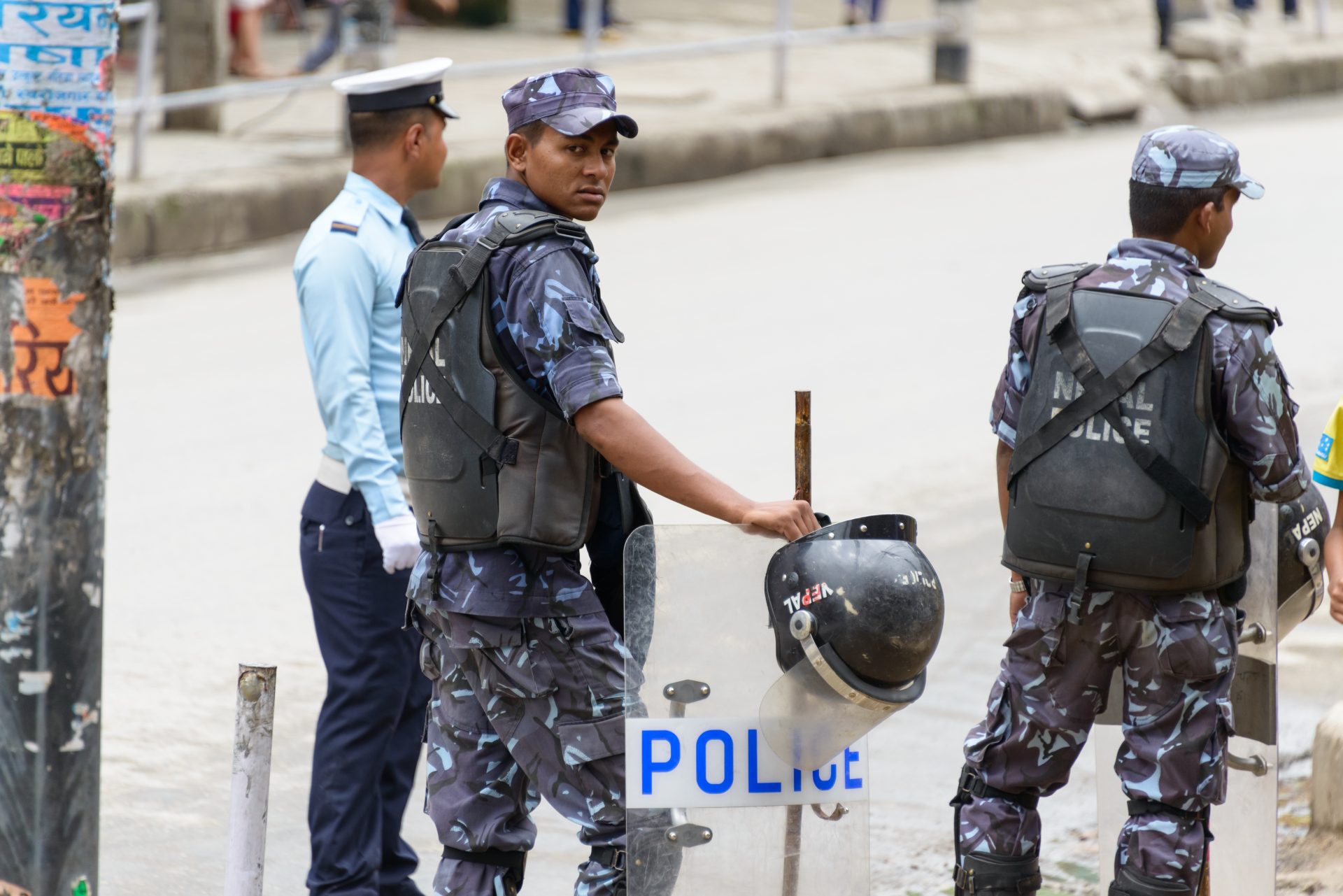The Nepalese government is under pressure by a leading rights group to release the findings of an investigation into deadly riots that killed dozens in 2015.
New York-based Human Rights Watch has called on the government to make public, as previously pledged, a report made by a commission that investigated deadly violence involving police and protesters in 2015.
The report covered several weeks of violence in the southern part of the country during the final stage of drafting Nepal’s new constitution.
When he presented the report to the government in December 2017, the commission chair, Girish Chandra Lal, a retired Supreme Court justice, said that it included the cases of 66 people killed during the violence, including 10 policemen.
The commission investigated incidents across the Terai, including the actions of protesters and security forces’ responses. Trials have gone forward for the killings of police officials, although witnesses told the commissioners that the real culprits had not been arrested.
There have been media leaks during recent weeks that say that the report contains crucial information to provide justice to the victims and could help prevent similar violence in the future, HRW said in a statement.
“Selective leaks in the media are causing confusion about the findings. The government should instead release the full report and explain how it will respond to the recommendations,” said Meenakshi Ganguly, HRW’s South Asia director. “Victims and their families placed their faith in government commitments to an independent investigation, and there can be no possible justification for keeping the findings under wraps.”
HRW said that security forces did not fully cooperate with the commission. However, based on media reports describing leaked information, the commission found that the police “did not fulfil their important duty” to protect members of the indigenous Tharu community from mob attacks. It also concluded that the use of lethal force against protesters in the eastern Terai region could not have occurred “without the direction and orders from the local administration.”
The commission said that the killing of bystanders and protesters involved excessive use of police force.
HRW said that it investigated 25 of the killings documented in the commission’s report, with similar findings. The rights group also found that during protests in Tikapur, Kailali district, eight police officers were beaten and burned to death on Aug. 24, 2015. Another police officer was dragged from an ambulance and killed in Mahottari district on Sept. 11.
HRW said it also documented numerous instances in which police opened fire indiscriminately or without justification, killing protesters and bystanders.
In Kalaiya, Bara district, witnesses described watching a senior police officer shoot dead an injured protester, Hifajat Miya, 19, as he lay on the ground on Sept. 1. The incident was also recorded on video, obtained by HRW. The rights group said that they have investigated several other deadly incidences that occurred during this time.







